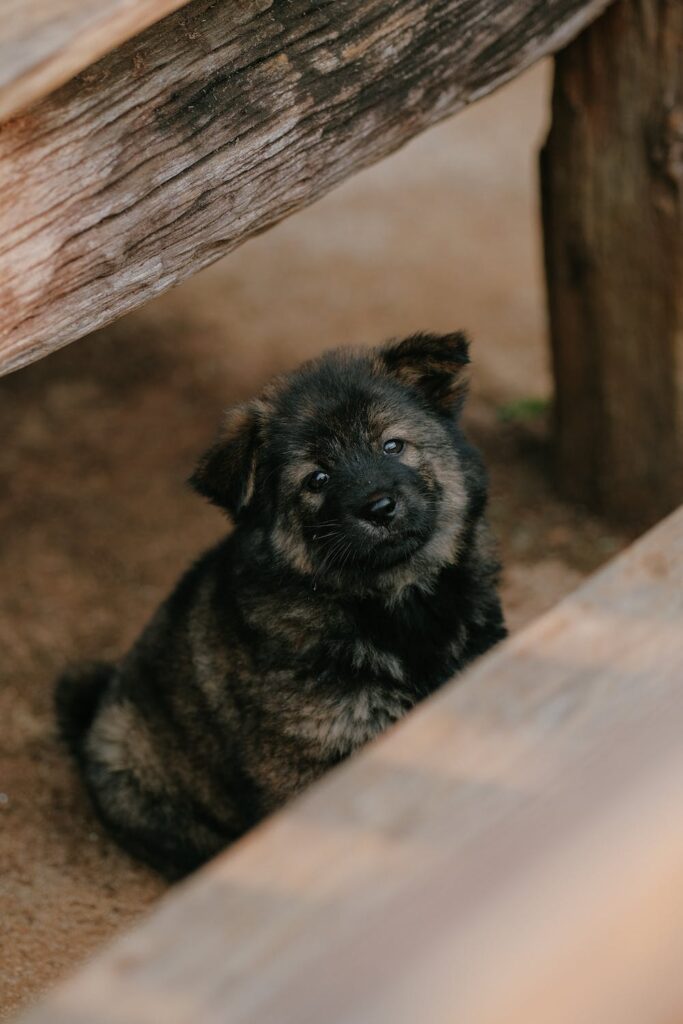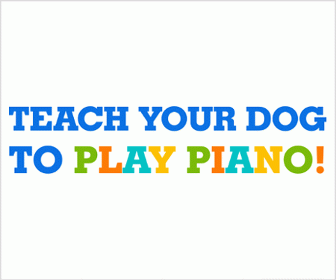Table of Contents:
- Introduction
- Bringing a New Puppy Home
- Importance of a Successful Introduction
- Timing and Location: Setting the Stage for Success
- Choosing the Right Time for the Meeting
- Optimal Locations for the Introduction
- Controlled Introductions with Leashes
- Benefits of Using Leashes
- Ensuring Safety and Control
- Sniffing and Scent Introduction
- The Significance of Scent for Dogs
- Allowing Dogs to Sniff Each Other
- Positive Reinforcement: Fostering Positive Associations
- Importance of Positive Reinforcement
- Rewarding Calm and Friendly Behavior
- Supervised Interactions: Safety First
- The Need for Close Supervision
- Intervention and Redirection
- Gradual Introduction: Patience is Key
- Taking It Slow
- Avoiding Rushing the Process
- Providing Separate Safe Spaces
- Recognizing Individual Needs
- Designating Safe Retreat Areas
- Equal Attention and Avoiding Favoritism
- Balancing Affection for Both Dogs
- Preventing Jealousy and Rivalry
- Training and Socialization: Building Confidence
- Importance of Training Both Dogs
- Socializing Puppies and Older Dogs
- Conclusion
- Embracing the Journey to Harmony
- Building Lifelong Companionships
- Frequently Asked Questions

Bringing a new puppy into a household with an older dog can be an exciting time, but it also requires careful planning and consideration. The success of this introduction can greatly influence the future relationship between the two dogs. In this comprehensive guide, we will explore step-by-step strategies to ensure a harmonious union between your adorable puppy and your loyal senior companion. From choosing the right time and location for their first meeting to implementing positive reinforcement techniques, let’s embark on this journey to make the introduction process a joyful and smooth experience for everyone involved.
- Timing and Location: Setting the Stage for Success
The first and crucial step in introducing a puppy to an older dog is choosing the right time and location for their initial encounter. Opt for a neutral territory, such as a park or a friend’s yard, to avoid territorial conflicts. Introducing the dogs on the older dog’s familiar territory may lead to possessive behavior, making it harder for them to accept the newcomer. Plan the meeting when both dogs are relaxed and well-exercised, so they are more likely to approach each other with a calm demeanor.
- Controlled Introductions with Leashes
For the safety of both dogs and to maintain control over the situation, it’s essential to keep them on leashes during the first few encounters. This precautionary measure allows you to intervene if any signs of aggression or discomfort arise. Ensure that both leashes are loose and relaxed to enable the dogs to investigate each other freely. Keep your demeanor calm and composed, as dogs can sense your emotions and may react accordingly.
- Sniffing and Scent Introduction
Dogs heavily rely on their sense of smell to understand the world around them, making scent a vital aspect of their introduction. Allow both dogs to sniff each other from a safe distance while keeping their leashes loose. Sniffing helps them gather information about each other, which can pave the way for a more relaxed interaction. Observe their body language carefully during this process, as it can provide valuable insights into their emotional state.
- Positive Reinforcement: Fostering Positive Associations
Positive reinforcement plays a pivotal role in shaping the dogs’ behavior towards each other. Shower both dogs with treats, praise, and affection whenever they display calm and friendly behavior during their encounters. This positive association will help them view each other in a more favorable light, fostering a strong foundation for their budding friendship.
- Supervised Interactions: Safety First
Supervision is paramount during the initial interactions between the puppy and the older dog. As they gradually become more comfortable with each other, monitor their interactions closely to prevent any rough play or aggressive behavior. Step in if you notice any signs of tension and redirect their attention to positive activities.
- Gradual Introduction: Patience is Key
Building a bond between a puppy and an older dog takes time and patience. Keep the initial meetings short and gradually increase their time together as they grow accustomed to each other’s presence. Rushing this process can lead to unnecessary stress and hinder the development of a positive relationship.
- Providing Separate Safe Spaces
While fostering a harmonious relationship is the ultimate goal, it is equally important to recognize that each dog needs its own space to feel safe and secure. Ensure both dogs have designated areas where they can retreat to whenever they need some alone time or a break from play. These safe spaces contribute to their overall well-being and reduce the chances of conflict.
- Equal Attention and Avoiding Favoritism
When a new puppy joins the family, it’s natural to shower them with love and attention. However, it’s vital to give equal affection and attention to both the puppy and the older dog to avoid feelings of jealousy or rivalry. Ensure that both dogs receive individual quality time with their human family members to strengthen their bonds and prevent any potential behavioral issues.
- Training and Socialization: Building Confidence
Continued training and socialization are key elements in ensuring both dogs are well-behaved and confident around each other and other animals. Enroll your puppy in obedience classes and arrange regular playdates with other well-behaved dogs. Likewise, maintain your older dog’s social skills by organizing outings and gatherings where they can interact with their canine peers.
Conclusion:
Introducing a puppy to an older dog can be a fulfilling experience, creating a lifelong companionship that brings joy to your family. By carefully planning the introduction, implementing positive reinforcement, and providing adequate supervision, you can foster a harmonious union between the two dogs. Remember, patience is key, and each dog’s unique personality and temperament will influence the pace of their relationship. Embrace this journey with an open heart, and you will witness a beautiful bond flourish between your adorable puppy and your loyal senior companion.
Frequently Asked Questions
- Can I introduce the puppy to the older dog in the home?
- While it is possible to introduce a puppy to an older dog in the home, it’s essential to follow the proper steps to ensure a smooth and positive introduction. Use controlled introductions with leashes, provide separate safe spaces, and supervise their interactions to minimize potential conflicts.
- How long does it take for the dogs to get along?
- The time it takes for dogs to get along can vary based on their individual personalities and past experiences. Some may hit it off immediately, while others might take a few weeks or even months to build a strong bond. Be patient and allow them to set their own pace.
- What if my older dog shows signs of aggression toward the puppy?
- If your older dog displays signs of aggression toward the puppy, it’s crucial to intervene immediately and seek professional help if necessary. Consult a certified dog trainer or animal behaviorist to address any behavioral issues and develop a suitable plan for their interaction.
- How can I prevent jealousy between my older dog and the new puppy?
- Preventing jealousy involves giving equal attention and affection to both dogs. Spend quality one-on-one time with each dog separately and engage in activities they enjoy. Avoid showing favoritism and ensure that both dogs feel loved and valued.
- Can I leave the puppy and older dog alone together?
- It is generally not recommended to leave a puppy and an older dog alone together, especially during the initial stages of their introduction. Until you are confident in their relationship and have observed positive interactions, it’s best to supervise their time together.
- Should I separate the dogs during feeding time?
- Yes, it’s advisable to separate the dogs during feeding time to avoid potential food-related conflicts. Feed them in different areas where they can eat in peace without feeling the need to guard their food from each other.
- How can I ensure the safety of both dogs during playtime?
- Supervised playtime is essential to ensure the safety of both dogs. Watch for signs of discomfort or rough play and be prepared to intervene if necessary. Redirect their attention to positive activities and provide toys suitable for both dogs to enjoy together.
- Will my older dog feel threatened by the new puppy?
- It’s possible that your older dog might initially feel threatened by the presence of a new puppy. Ensuring a gradual and positive introduction, providing separate safe spaces, and offering equal attention can help ease any feelings of insecurity.
- Should I introduce the puppy to other dogs before introducing them to my older dog?
- Introducing the puppy to other well-behaved dogs in a controlled environment can be beneficial for their socialization. However, the introduction to the older dog should take priority, and all interactions should be supervised until their bond is established.
- What if my older dog ignores or avoids the new puppy?
- Some older dogs might initially ignore or avoid the new puppy. Allow them the space to adjust at their own pace, but continue to facilitate positive interactions through supervised play and training sessions to encourage a stronger bond over time.
Remember, every dog is unique, and the introduction process may vary. Be patient, understanding, and committed to creating a harmonious relationship between your adorable puppy and your loyal senior companion.
